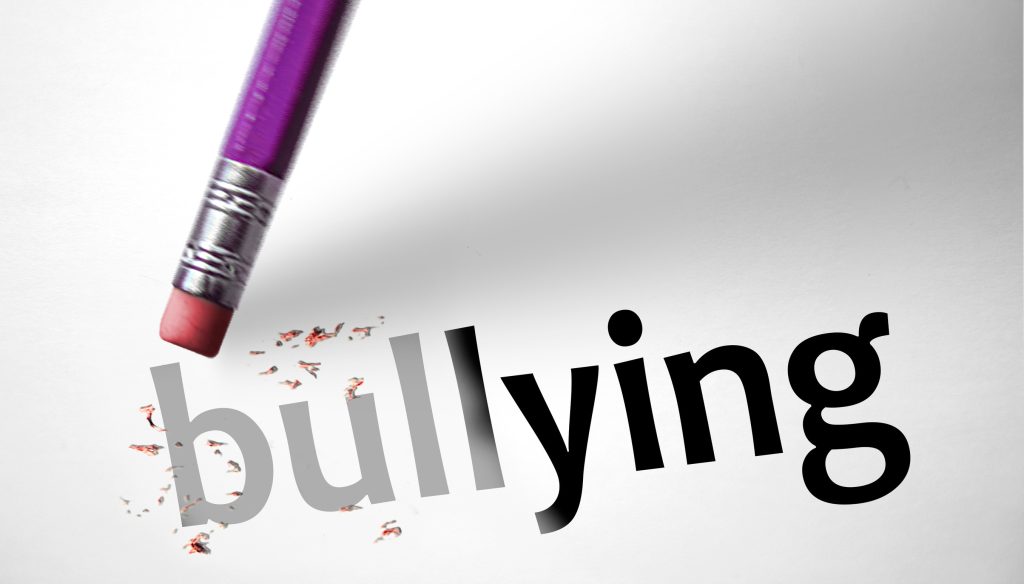
Schools across the country have poured time, money, and training into anti-bullying programs, promising safer hallways, kinder classrooms, and more inclusive playgrounds. But ask any student or parent, and you’ll still hear about subtle insults, group exclusions, and quiet manipulation that rarely get caught. Which raises a tough question: Are anti-bullying programs actually changing behavior—or just teaching kids how to hide it better? While awareness is up and public bullying has decreased in many districts, some experts worry the cruelty hasn’t stopped, it’s just gone underground. Here’s a closer look at whether these programs are truly helping or simply reshaping how bullying shows up in 2025.
1. Kids Know the “Correct” Language to Use
One effect of anti-bullying programs is that kids are now very familiar with terms like respect, kindness, and empathy. They’ve heard these words in assemblies, posters, and classroom discussions for years. But knowing the language doesn’t always mean they believe it. Some students have learned to speak the right way around adults while still engaging in exclusion or manipulation behind the scenes. Anti-bullying programs often teach vocabulary before values, and smart kids quickly figure out how to game the system.
2. Bullying Has Moved Online
As schools increase supervision on campus, more bullying has simply shifted to digital spaces. Apps, group chats, and gaming platforms have become the new battlegrounds. Anti-bullying programs sometimes overlook how fast online behavior evolves, leaving kids with tools for the classroom but no guidance for Snapchat, Discord, or TikTok. It’s not that bullying disappears—it just gets smarter and harder to trace. And by the time adults catch on, the emotional damage may already be done.
3. There’s More Focus on Appearances Than Accountability
Many anti-bullying programs rely on public pledges, spirit weeks, and posters that look great on social media but don’t always change what happens day-to-day. Schools love to say they’re proactive, but when it comes to real incidents, responses can be inconsistent. Students quickly pick up on this. They learn that saying the right things in front of teachers keeps them out of trouble, even if their behavior doesn’t change. Programs that focus on looking good rather than getting real often miss the mark.
4. Some Kids Weaponize the System
Here’s a twist: some students now use anti-bullying policies against others. They may report someone for being “mean” in retaliation, or exaggerate conflicts to get others in trouble. While rare, these false claims muddy the waters and make it harder to address genuine bullying. Anti-bullying programs need to teach critical thinking, not just tattling. Without context and honest conversations, rules can become tools for control rather than protection.
5. Relational Aggression Often Goes Unnoticed
Anti-bullying programs are great at addressing obvious issues—physical fights, name-calling, and threats. But many of today’s most damaging behaviors are subtle: eye-rolls, whispering, exclusion from group chats, or social sabotage. These acts don’t leave bruises, but they leave lasting emotional scars. Unfortunately, current programs don’t always equip teachers to spot or address this kind of quiet cruelty. That’s why your child might still come home in tears, even from a school that claims to be “bully-free.”
6. Peer Pressure Is Still Alive and Well
While kids may not be stuffing each other into lockers anymore, the pressure to conform hasn’t gone anywhere. Anti-bullying programs tend to focus on individual behavior rather than the group dynamics that allow bullying to thrive. Students are often afraid to speak up, not because they don’t understand right from wrong, but because they don’t want to become the next target. Programs need to go beyond slogans and dig into the emotional courage it takes to stand alone in a crowd. Otherwise, silence and complicity stay the norm.
7. Some Kids Still Feel Unseen
Ironically, the students most in need of help sometimes feel overlooked by anti-bullying programs. Neurodivergent kids, LGBTQ+ students, and others who don’t fit the mold may find these initiatives don’t reflect their experiences. Programs that treat bullying as a one-size-fits-all problem often miss how identity, bias, and difference shape a child’s experience at school. For these kids, it’s not just about being nicer—it’s about being truly included and understood. Real change requires more than policies; it requires listening.
8. Adults Aren’t Always Trained to Handle It
Not all staff are equipped to respond effectively when bullying happens. Some dismiss it as drama, others freeze up, and a few may unintentionally reinforce power dynamics by favoring more socially skilled students. Anti-bullying programs often provide surface-level training, but don’t prepare educators for the nuance and complexity of school culture. If the adults don’t recognize bullying or respond consistently, the programs lose credibility fast. Kids can tell when their concerns aren’t taken seriously—and that’s when they stop reporting.
9. Real Change Takes More Than Assemblies
One-time presentations or colorful posters aren’t enough to build safer schools. Anti-bullying programs must be part of a larger culture shift that includes daily modeling, emotional education, and consistent consequences. Kids learn by watching how adults handle conflict, inclusion, and fairness. When the school community lives the values it promotes, students notice. Otherwise, even the best-designed programs fall flat.
If Kindness Is Taught Like a Script, Kids Will Act—Not Change
There’s no question that anti-bullying programs raise awareness—but awareness isn’t always enough. If students are only learning how to look kind rather than be kind, they’re missing the heart of the message. For programs to work, they must go deeper than surface behaviors and address the emotional, social, and cultural roots of cruelty. Until then, some kids will get sneakier, not kinder.
Do you think anti-bullying programs are working—or just teaching kids how to avoid getting caught? Share your thoughts and stories in the comments below.
Read More:
12 Over The Top Ideas For Fixing Your Child’s Bullying Problem
6 Times Parents Should Intervene in Their Child’s Friendships
The post Are Anti-Bullying Programs Making Kids Better or Just Sneakier? appeared first on Kids Ain't Cheap.







